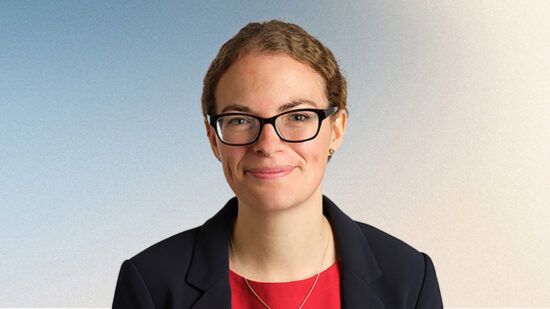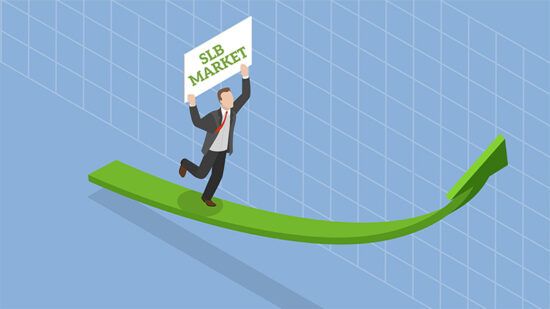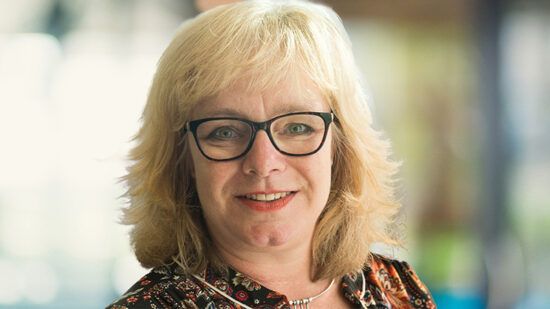Companies are increasingly disclosing climate risk, but the quality of the disclosures is lacking, according to EY Assurance.
In its annual Climate Risk Barometer survey, the group found companies’ average disclosure score – which looks at disclosure coverage – was up from 70% to 84%. However, the average quality score for reporting increased only slightly from 42% last year to 44% in 2022.
On a regional basis, in seven of the 16 markets the report looked at, including the UK and Japan, quality of disclosure scores was down from 2021, while other markets like Southern Europe and South Korea saw improvements.
Low-quality disclosures
Dr Matthew Bell (pictured), EY global climate change and sustainability services leader, said decreased quality scores in some places may be linked to a higher number of companies reporting there, bringing the average down.
There is also, he said, an issue with companies not hitting the mark with how they complete the reporting.
“[With some companies] they’ve done something that’s either so high level that they either think climate change doesn’t have as big an impact as it could, or they… hone in on certain aspects of climate risk at the expense of everything else.
“So they’ve got a lower quality rating from us because they’ve disregarded certain aspects, whether that’s physical or transitionary, or certain sectors or parts of their business,” said Bell.
The reason a company might receive a high coverage score on disclosure and a low quality score is due to the fact even a cursory response to any of the 11 TCFD (Task Force on Climate-related Financial Disclosures) recommendations on climate risk disclosure will count as that point being covered.
Translating risk to financials
Bell expressed some disappointment there was not more detail in companies’ disclosures this year: “We hoped there would be a little bit more of the stress testing of the current business models of organisations based on [the climate change scenarios they are using].
“And while that happens on occasion for the 1,500 companies [in the study], across the board that doesn’t play out.”
The study found only 29% of companies surveyed report on the impact of climate change in their financial statements.
The report stated: “What is more, the majority (54%) of references are qualitative rather than quantitative in nature. These findings suggest that, while companies are improving the coverage and quality of disclosures, they are struggling to bring the information together in a financially material and meaningful way.”
Bell noted these issues could hinder decarbonisation: “… many firms are not disclosing enough detail on their climate risks; and they aren’t translating reporting into meaningful action to tackle the problem. This is where we need to see much more progress. If disclosure is to make an impact on decarbonisation it can’t be half baked,” he said.
TCFD
Regulatory pressure does seem to be having a positive effect on climate risk reporting though, Bell commented.
“What was really interesting to me is seeing the highest coverage from most of the countries [are ones that] have some level of push for disclosure against TCFD – whether that’s formal, like in legislation as in the UK, or informally through an expectation or recommendations from listing agencies or elsewhere.
“Many companies are responding to regulatory cues, either current or future.”
Historical blind spots
Bell mentioned as sustainability reporting has developed over the past 15 years, there has traditionally been a disconnect between how climate change is versus how it is acted on by corporates.
Climate change, he said, would often sit “top right” on a company’s materiality matrix when they are assessing the biggest possible business impacts, but then there would likely be no mention of climate change on its risk registers or in its strategy documents.
“There’s this sort of theoretical sense of how important climate change is to the business but actually, in the operating context of the organisation, we haven’t seen that translate well.”
He also reflected on improvements over time in terms of companies’ approach to climate change risk.
For example, there is now more balance between the two main types of risks being assessed, Bell said.
“Historically, we have seen an imbalance between physical risk assessments and transitionary risk assessments. And it was an either or scenario where companies had said ‘Well, we’ll assess the physical risks but we haven’t thought about transitionary’, or the other way around. And this year, there’s much more balance to that.”
In 2022 49% of companies completing risk analyses were focused on physical risk while 51% had a focus on transition risk versus 55% and 25%, respectively, last year.
Bell commented physical risk from climate change has historically been a complete “blindspot” for many companies, perhaps covered only by “some qualitative assessment based on, say, UN Global reports around the likely implications of climate change over the next few decades.”
Now, however, Bell said you can expect to see more detailed physical risk assessments against risk modelling approaches.
Greenwishing: A new trend
Another point Bell flagged was the “greenwishing” pattern he is seeing among companies: “We’re… seeing a growing trend for greenwishing where companies set hugely ambitious climate targets, with little or no clear plan to achieve them.
“That might help companies in the short term, but without realistic targets they’ll be on a hiding to nothing.”








